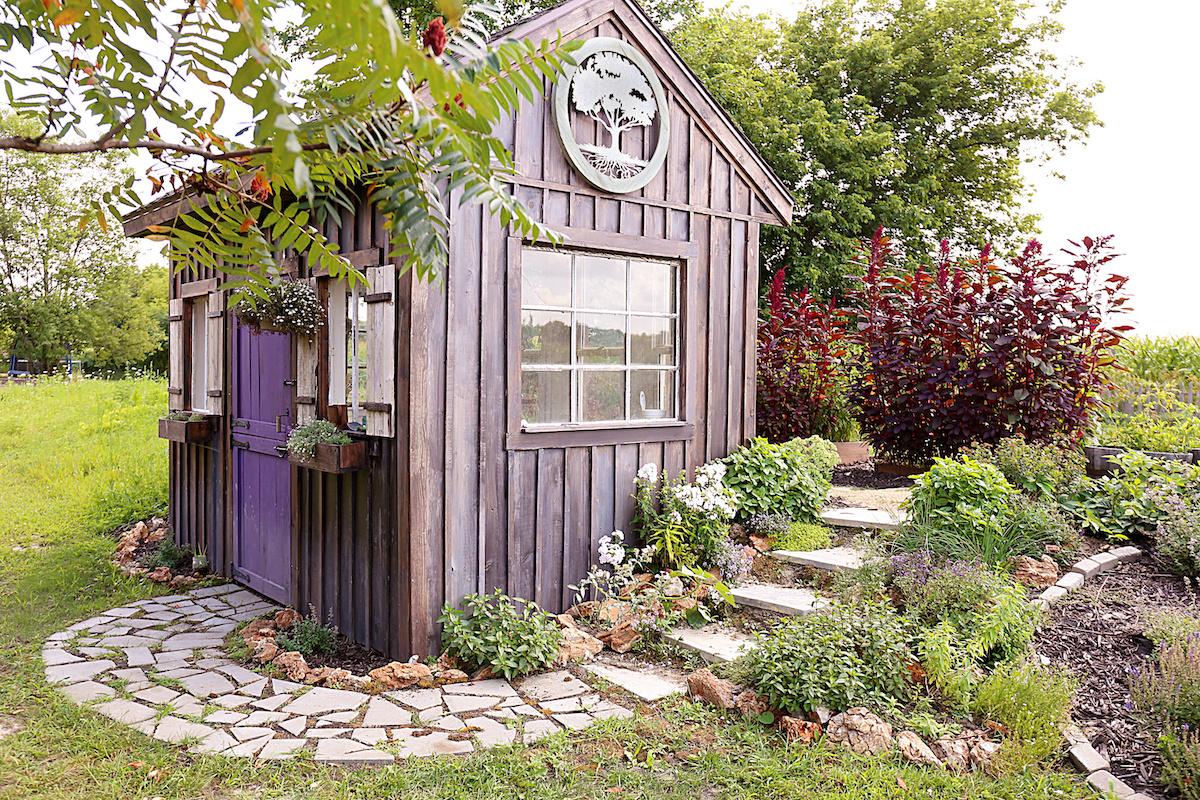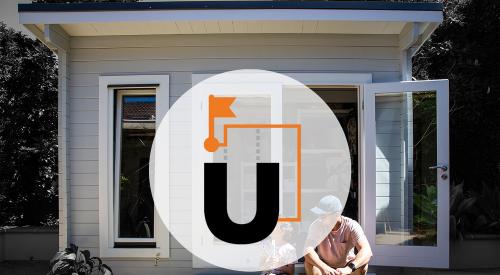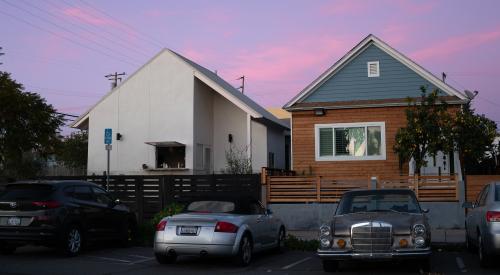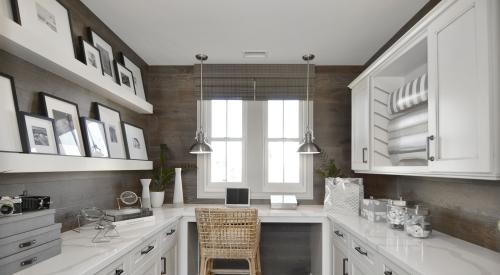Even if it’s just yards away from the house, the lawn mower shed or any outbuilding for that matter, is emerging as an alternative work place to the cluttered, ill suited dining room table or spare bedroom. Homeowners working remotely during the pandemic are retrofitting greenhouses, garden sheds and ordering customized huts delivered on a flatbed truck.
Between June and Sept. 1, searches for sheds doubled on Wayfair.com compared with the same period in 2019. Custom garden-house builder Hillbrook Collections reports orders up 60% year-to-date, compared with 2019. And in the last six months, NEO Builders in Los Angeles saw 250% more interest in their “accessory dwelling units,” or ADUs, habitable backyard buildings. (California loosened zoning restrictions on such structures Jan. 1, perhaps precipitating the surge).
Transitioning to WFH has been harsh for many, but humans have toiled at home for centuries. “For a long time, we worked where we lived. I’m talking about agrarian [ways] and people who lived above the shop,” said Daniel H. Pink, who studies human behavior in business and wrote “When: The Scientific Secrets of Perfect Timing” (Riverhead Books).
In the U.S. after WWII, he said, work and family became distinctly different domains. Now tech and, in part, COVID-19 are remerging those worlds. “But I think people don’t want them together 24 hours a day,” Pink added. “So they’re looking for a soft separation between their work life and family life.” An unconnected space helps ensure quiet and tucks away the nagging ephemera of office life—to-do lists, computers, cords—when you’re off the clock.












